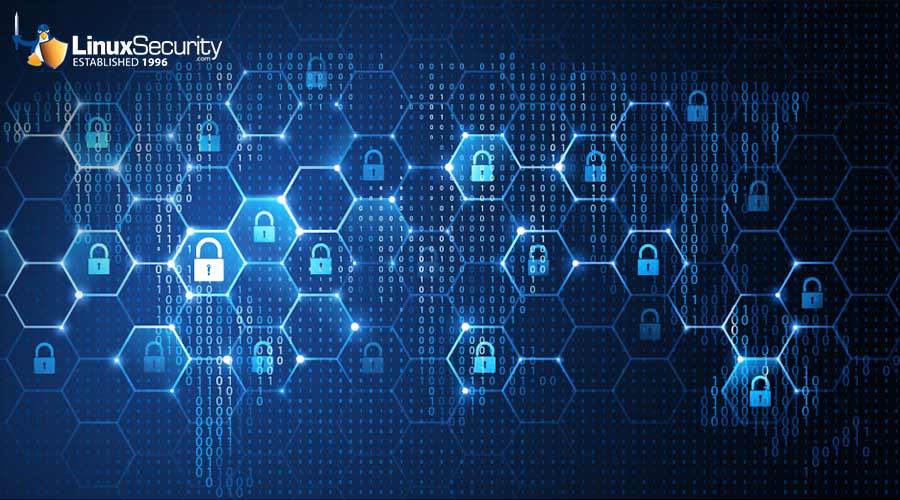Quantum Key Distribution: The Future of Security?
A press release on the NIST Web site states, "When approved, the AES will be a public algorithm designed to protect sensitive government information well into the 21st century." If that's true, what will we use after AES? Perhaps the answer resides in quantum mechanics.
I recently read an interesting article in Physics Today called "From Quantum Cheating to Quantum Security." The article offers a good view of the inherent risks in our current encryption technologies, such as DES and RSA, and relates how scientists could create quantum mechanics-based computers to both break encryption systems and to facilitate more secure encryption algorithms.
Be sure to read our interview with the Rijndael author.
The link for this article located at Windows IT Security is no longer available.





![Multiple Chromium DoS, Info Disclosure Vulns Fixed [Updated] 23.Tablet Connections Esm W300](/images/articles/900x500/23.Tablet_Connections.jpg#joomlaImage://local-images/articles/900x500/23.Tablet_Connections-esm-w300.jpg?width=900&height=500)
















